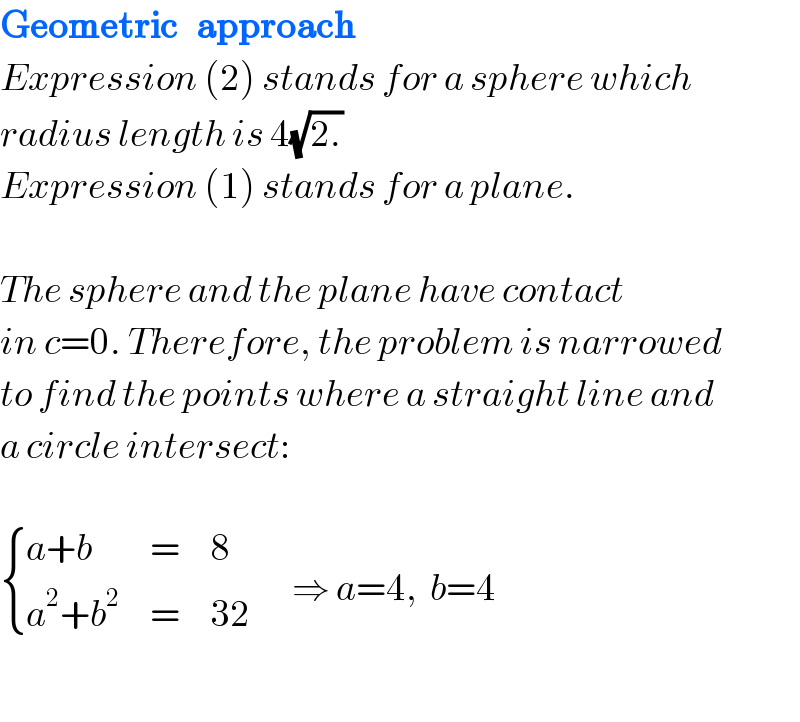
Question and Answers Forum
Question Number 74615 by chess1 last updated on 27/Nov/19

Answered by mind is power last updated on 27/Nov/19

Answered by JDamian last updated on 28/Nov/19

| ||
Question and Answers Forum | ||
Question Number 74615 by chess1 last updated on 27/Nov/19 | ||
 | ||
Answered by mind is power last updated on 27/Nov/19 | ||
 | ||
| ||
Answered by JDamian last updated on 28/Nov/19 | ||
 | ||
| ||